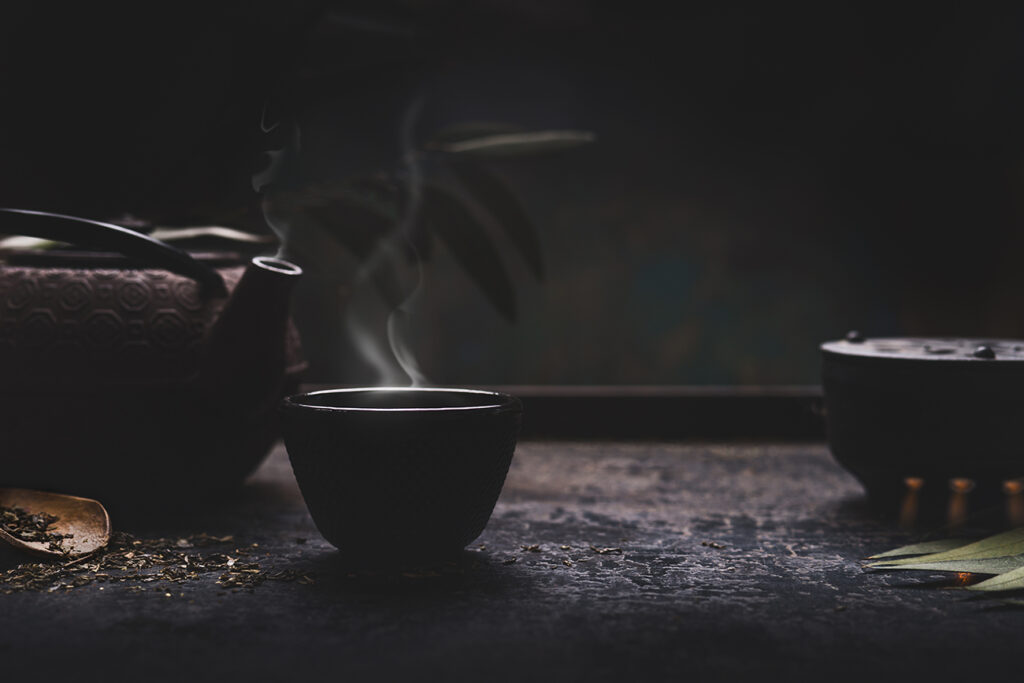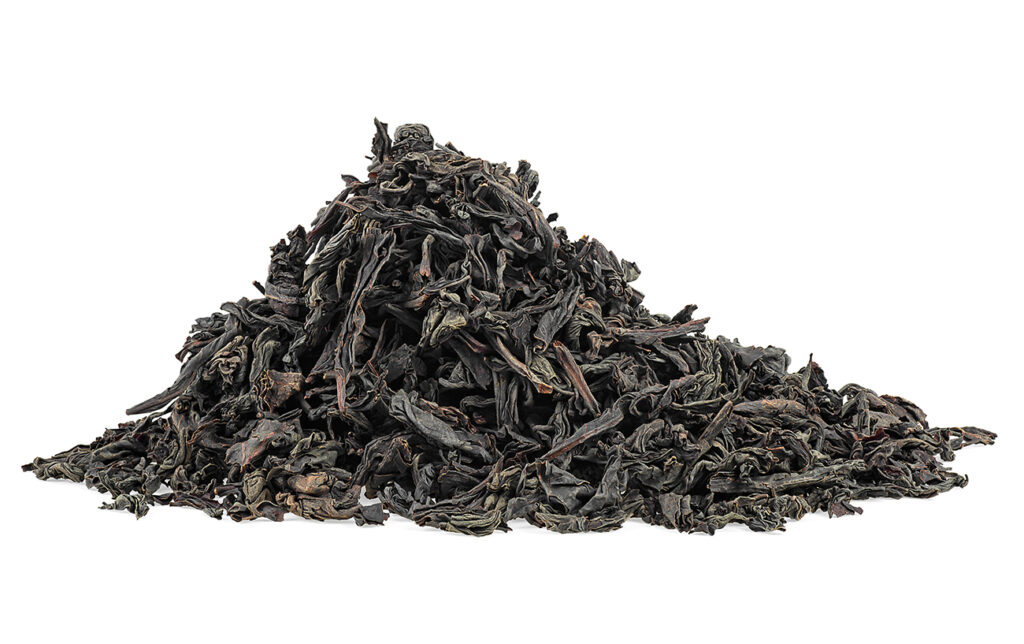
Wakoucha: The Japanese Black Tea
Tea first made its way to Japan from China in the 700s. During the Nara Period (710-794), it was considered a luxury item, reserved for priests and nobility, used primarily for medicinal purposes.
In the early years of the Kamakura Period (1192-1333), Eisai, the founder of Japanese Zen Buddhism, reintroduced the practice of making tea from powdered leaves, a custom he brought back from China. This marked the beginning of tea cultivation in Japan, notably at Kozanji Temple in Takao and in Uji.
As Japan entered the Muromachi Period (1333-1573), tea became popular among people from all walks of life. During this period, a more refined version of tea gatherings emerged, emphasizing Zen-inspired simplicity, etiquette, and spirituality. It is from these intimate gatherings that the tea ceremony originated.
Although Japan is primarily renowned for its delicate green teas, the country boasts a rich history of black tea, wakoucha, or kocha production. Surprisingly, during its prime, Japanese black tea outsold green tea in the international market.
Green tea found its way to Japan from China in the ninth century, with domestic production beginning in the 12th century. However, black tea became a significant player in the 19th century when Japan, after almost two centuries of isolation, opened up to the global market hungry for its silk and tea. Recognizing the Western preference for black tea over green, the Japanese government conducted research to compete with the major black tea producers in China and British India. Several milestones followed, including the development of the first Japanese black tea cultivar in 1908, and by 1935-40, Japanese black tea production reached an impressive 3,000-4,000 tons annually.
The 1950s marked the peak of Wakoucha, a Japanese black tea variety, when the official tea cultivar registry was established, and exports reached approximately 8,500 tons in 1955, constituting about two-thirds of all tea exports. However, a crisis struck in 1971 when a free trade agreement lifted protections on Wakoucha. This change led buyers to prefer Indian and Sri Lankan black teas over the local varieties, resulting in a significant decline in the Japanese black tea industry.
In the late 20th century, as green tea consumption waned and more consumers turned to coffee and black tea, the resurgence of Wakoucha, a Japanese black tea variety, began. Green tea producers, recognizing the shifting consumer preferences, reinvested in Japanese black tea to cater to a market increasingly inclined toward coffee and black tea as we now enjoy it not just in Japan but all around the globe.


